Designing Your Perfect Tiny Home Retreat
Imagining your perfect tiny home retreat begins with a vision of simplicity and efficiency. You’ll explore tiny house design ideas that transform compact spaces into functional and cozy retreats. Focus on creating a seamless blend of style and practicality. Delve into the myriad of tiny house interior designs that make use of every nook and cranny for both utility and charm. Envision rooms with multi-functional furniture that adapts to your needs. Knowing how to build a tiny house involves selecting between tiny home blueprints that suit your lifestyle or choosing from the best tiny house kits for convenience. For those yearning flexibility, tiny house on wheels plans are a splendid choice, granting you the liberty to change your landscape on a whim. Crafting your tiny home involves thoughtful planning and a touch of creative ingenuity, ensuring that each square foot offers both comfort and purpose.
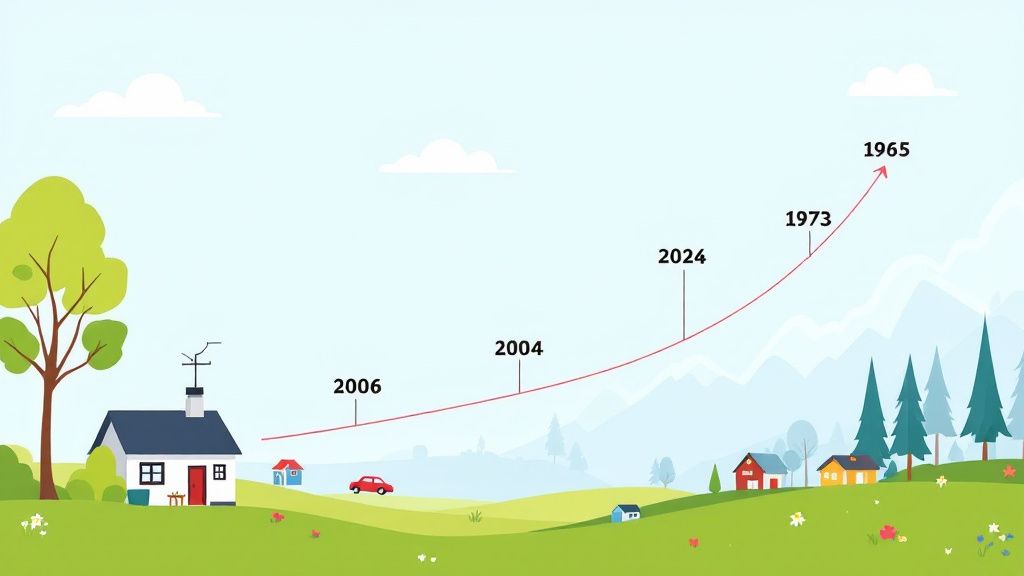
Understanding the Tiny Home Movement
The tiny home movement reflects a shift toward simplicity and minimalism, embracing tiny house living as a way to reduce clutter and focus on experiences. It appeals to those seeking affordable tiny homes as a means to minimize financial burdens and live more sustainably. This lifestyle emphasizes a connection to the environment, offering a path to personal freedom and meaningful interactions.
On one hand, enthusiasts see tiny home construction plans as a way to create highly customized, efficient living spaces. They appreciate the opportunity to express their creativity through unique tiny house design ideas. On the other hand, some argue that the compact space might restrict living comfort and personal expansion, making it less suitable for larger families or homeowners with extensive possessions.
Despite varying perspectives, many agree on the practicality of tiny home blueprints and the innovative use of space that tiny house interior designs offer. Whether you gravitate toward stationary homes or envision a lifestyle on the move with tiny house on wheels plans, there is a recognition of the broader impact these homes can have on community and environmental sustainability.
The movement also highlights a sense of empowerment, as many individuals seek out the best tiny house kits as a gateway to homeownership. Understanding how to build a tiny house becomes a journey of learning and personal growth, reinforcing self-reliance and a minimalist ethos in modern living.
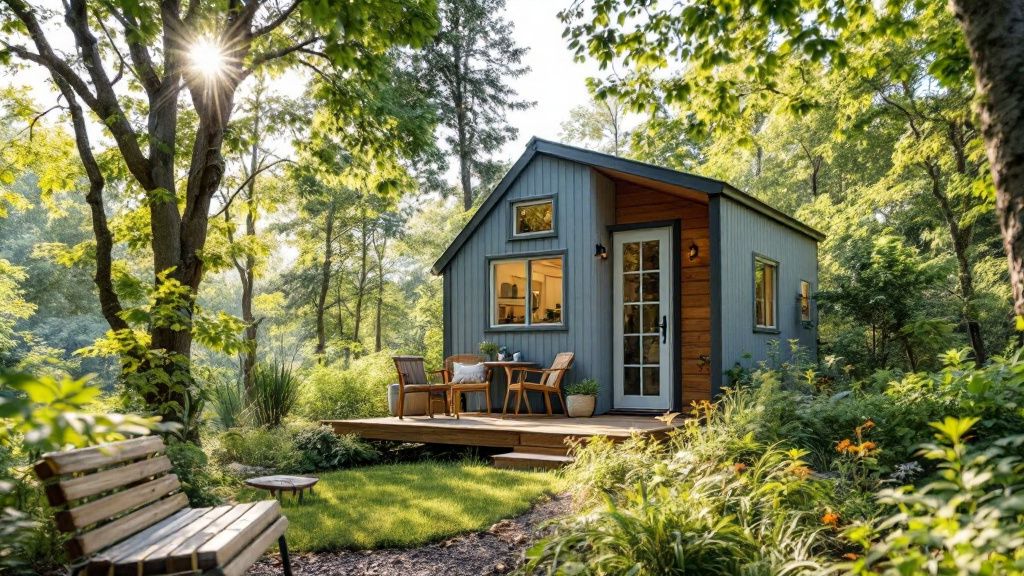
Key Benefits of Living in a Tiny Home
Living in a tiny home offers numerous benefits, with affordability being one of the foremost advantages. These homes can significantly reduce living expenses due to lower utility costs and mortgage payments, positioning them as affordable tiny homes that align with your budget. This financial freedom allows you to invest your resources in other experiences or hobbies that enrich your life.
Embracing tiny house living also supports a sustainable lifestyle, reducing your carbon footprint significantly. Compact living spaces naturally encourage you to consume less and be more mindful of your choices. By opting for tiny home blueprints or the best tiny house kits, you can construct a home that suits your needs while minimizing environmental impact.
The simplicity of living in a tiny house promotes a decluttered lifestyle, encouraging you to prioritize what truly matters. With thoughtfully executed tiny house interior designs, you maximize efficiency by using multifunctional furniture and clever storage solutions. This minimalist approach enriches your living experience, helping you focus on relationships and personal growth.
Mobility is another notable benefit, particularly if you engage with tiny house on wheels plans. This versatility grants you the freedom to explore new places without losing the comfort of your home. For example, digital nomads find these homes ideal, as they offer the flexibility to travel while maintaining a consistent living environment.
In essence, tiny home designs emphasize quality over quantity, fostering a sense of peace and contentment. As you explore how to build a tiny house, you discover unexpected joys in simple living. The shift towards a more intentional, purposeful lifestyle is a rewarding journey that transforms not just your living space, but also your perspective on life.
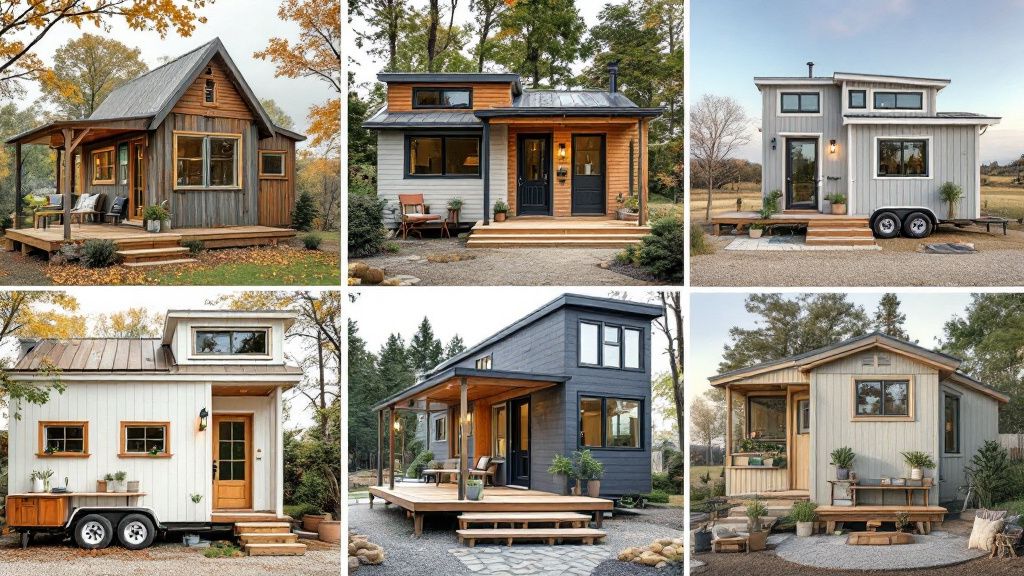
Different Styles of Tiny Homes to Consider
Exploring different styles of tiny homes can open up a world of design possibilities tailored to your preferences. From rustic cabins nestled in nature to sleek, modern urban retreats, each style offers its own charm and functionality. Tiny home construction plans often reflect diverse architectural influences, enabling you to choose a design that resonates with your lifestyle and aesthetic values.
While many believe that traditional wooden cottages are the most common style, there’s a strong case for contemporary designs that embrace modern materials and innovative tiny house design ideas. These styles often feature minimalist aesthetics with large windows and clean lines, providing an airy feel even within compact spaces. Such designs cater to a modern lifestyle, integrating technologies seamlessly.
The mobility of tiny house on wheels plans appeals to those seeking adventure; however, stationary designs shouldn’t be overlooked. With a fixed location, you can incorporate more elaborate tiny house interior designs, maximizing vertical spaces with lofted sleeping areas or custom cabinetry. Stationary tiny homes allow for a stronger sense of community and more personalized outdoor spaces.
Affordable tiny homes don’t have to sacrifice style. By exploring various tiny home blueprints, you find designs that offer both cost-effectiveness and visual appeal. These plans provide a cost-effective way to personalize your space without compromising comfort, ultimately aligning with efficient and purposeful living.
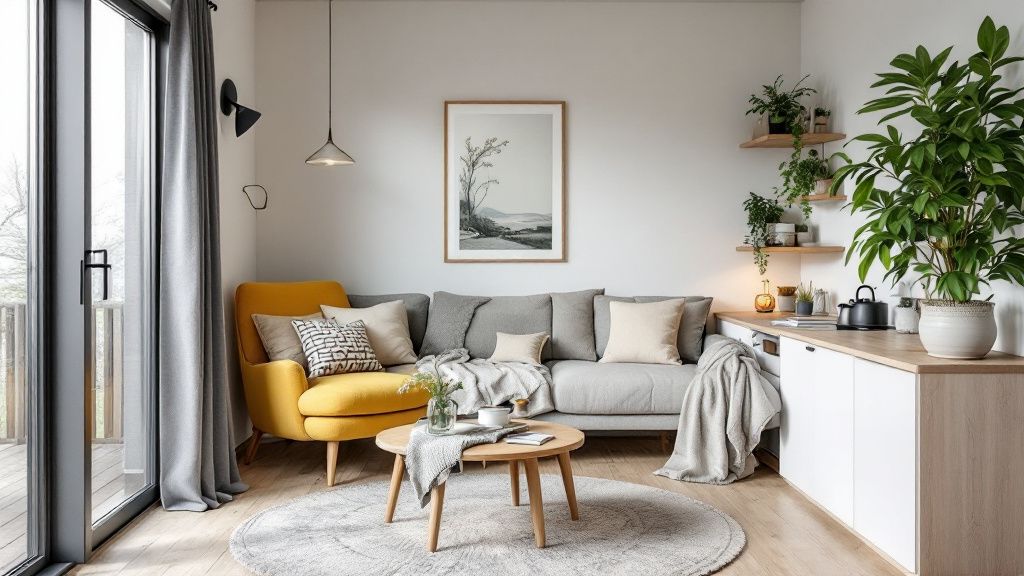
Essential Features for Functionality and Comfort
Crafting a tiny home that balances functionality and comfort relies on integrating essential features smartly. Efficient storage solutions are among the top priorities, utilizing every inch available. Consider utilizing built-in shelving and under-stair storage as part of your tiny house interior designs. This approach helps maximize space while maintaining a clean and organized living environment, ensuring that everything has its place.
Thoughtful use of lighting can significantly enhance the ambiance and practicality of your space. Incorporate large windows and skylights where possible, promoting natural light to create a more open feel. To enhance lighting further, try using a mix of fixtures, such as recessed lighting and wall sconces, to achieve both task and ambient lighting, which can make your tiny space warm and inviting.
Choosing multi-functional furniture is a cornerstone of developing tiny home designs that merge practicality with coziness. To make the most of limited space, try selecting pieces that serve dual purposes, like a sofa that transforms into a bed or a dining table that folds away. This adaptability ensures that your tiny home remains versatile and comfortable, catering to various needs and activities.
Investing in quality insulation and proper ventilation increases comfort within your tiny home, making it a haven year-round. When considering tiny home construction plans, prioritize materials that provide thermal efficiency for energy savings and comfort. Whether you are using tiny home blueprints or exploring the best tiny house kits, ensuring these elements are part of the design can dramatically enhance your living experience.
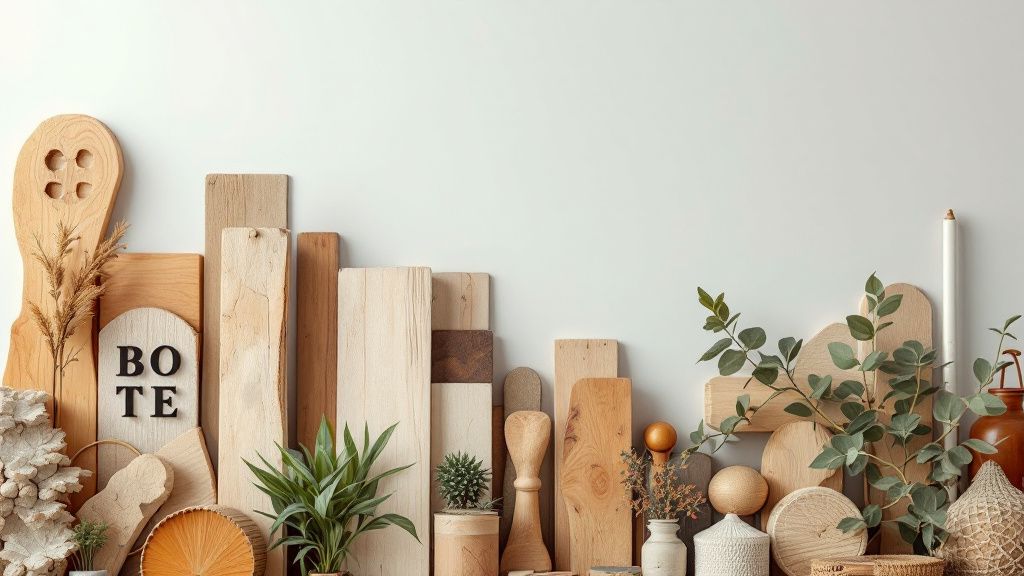
Building Materials and Sustainability
How do building materials influence the sustainability of your tiny home? Choosing the right materials is crucial in ensuring that your tiny house design aligns with environmentally conscious living. Sustainable materials like reclaimed wood and recycled metal not only minimize ecological impact but also add character to your space. By prioritizing these resources, you contribute to reducing waste and promoting the longevity of your tiny home.
For those exploring tiny home construction plans, considering materials with high thermal efficiency such as straw bales, hempcrete, or insulated concrete forms is essential. These materials help maintain a comfortable indoor climate while significantly cutting down on energy usage. This focus on energy-efficient materials directly supports a goal of sustainable tiny house living, whether stationary or involving tiny house on wheels plans.
Stone and bamboo are favorable options for those interested in combining sustainability with aesthetics. Stone offers durability, while bamboo is rapidly renewable and strong—ideal for tiny home designs requiring lightweight yet sturdy structures. Incorporating these materials helps achieve a harmonious balance between style and sustainability, making your living environment eco-friendly and visually appealing.
Sustainability also extends to the systems within your tiny home. By implementing rainwater collection systems and solar panels, you reduce reliance on external resources. Adopting these sustainable practices ensures that your tiny home aligns with principles of autonomy and rurality, making your day-to-day living more self-sufficient and environmentally responsible.
Emphasizing sustainably sourced materials and renewable energy systems during the planning phases, even when using the best tiny house kits, is a proactive approach to building an eco-conscious home. This careful consideration of resources not only benefits the environment but also enhances your personal well-being, as you live with the knowledge that your lifestyle choices positively impact the world around you.
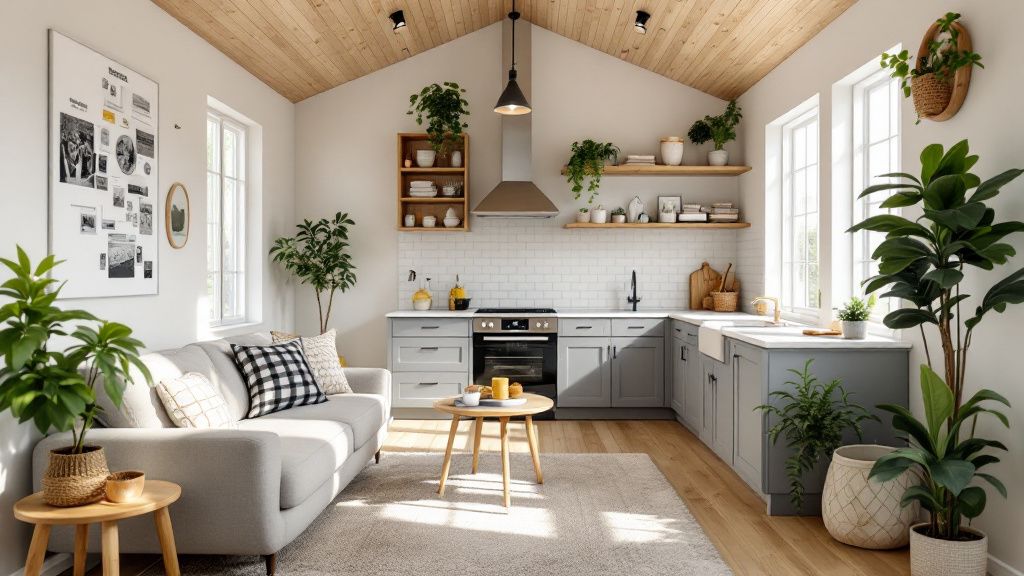
Planning Your Layout for Maximum Efficiency
Crafting a layout for maximum efficiency in your tiny home requires strategic planning to ensure every inch serves a purpose. One of the challenges in tiny house living is optimizing space to prevent clutter and maintain fluid movement. This issue can be addressed through the thoughtful use of modular furniture and smart design principles. Implementing tiny home blueprints that emphasize open spaces and multi-functional areas can dramatically enhance your living experience, maintaining both comfort and functionality.
To further enhance efficiency, consider incorporating adaptable elements into your tiny home construction plans. Sliding doors, foldable tables, and convertible storage solutions can liberate space without sacrificing utility. By analyzing your daily routines and personal requirements, you'll discover unique tiny house design ideas that cater specifically to your lifestyle. This customization encourages seamless transitions between activities, making your tiny house a dynamic space that fully supports your needs.





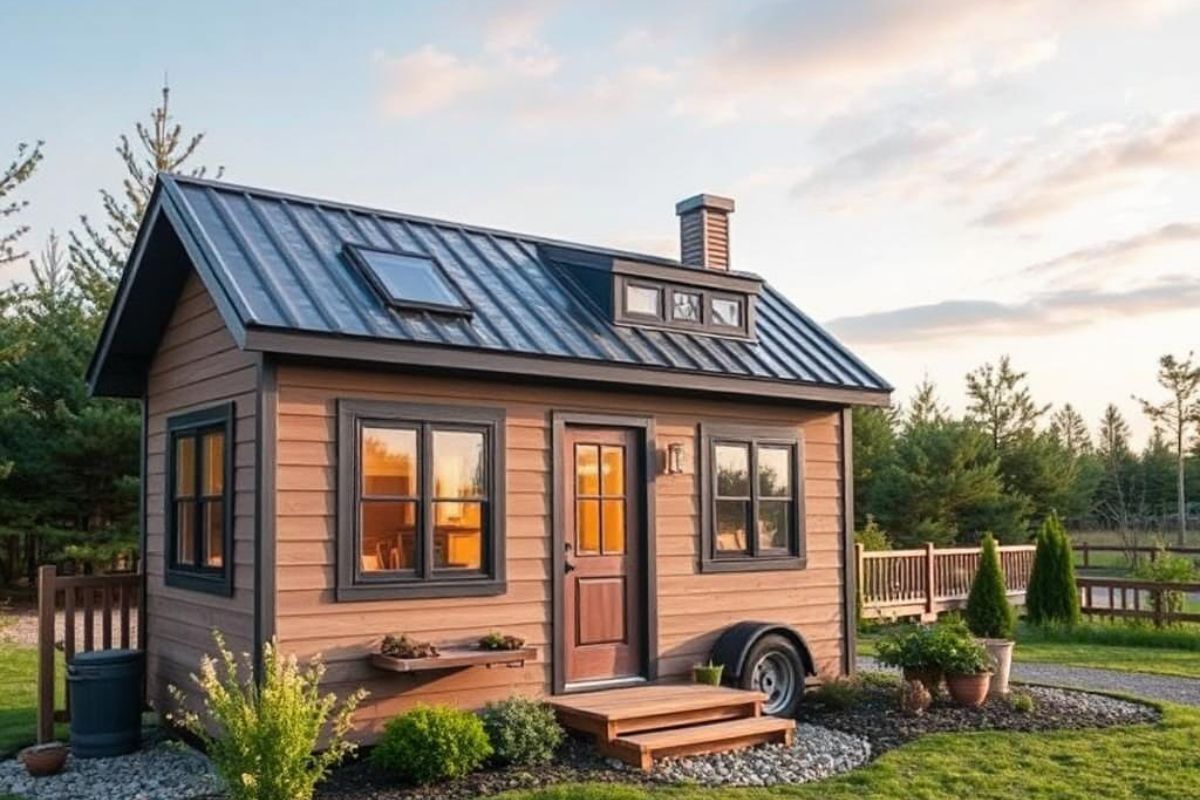
Share: